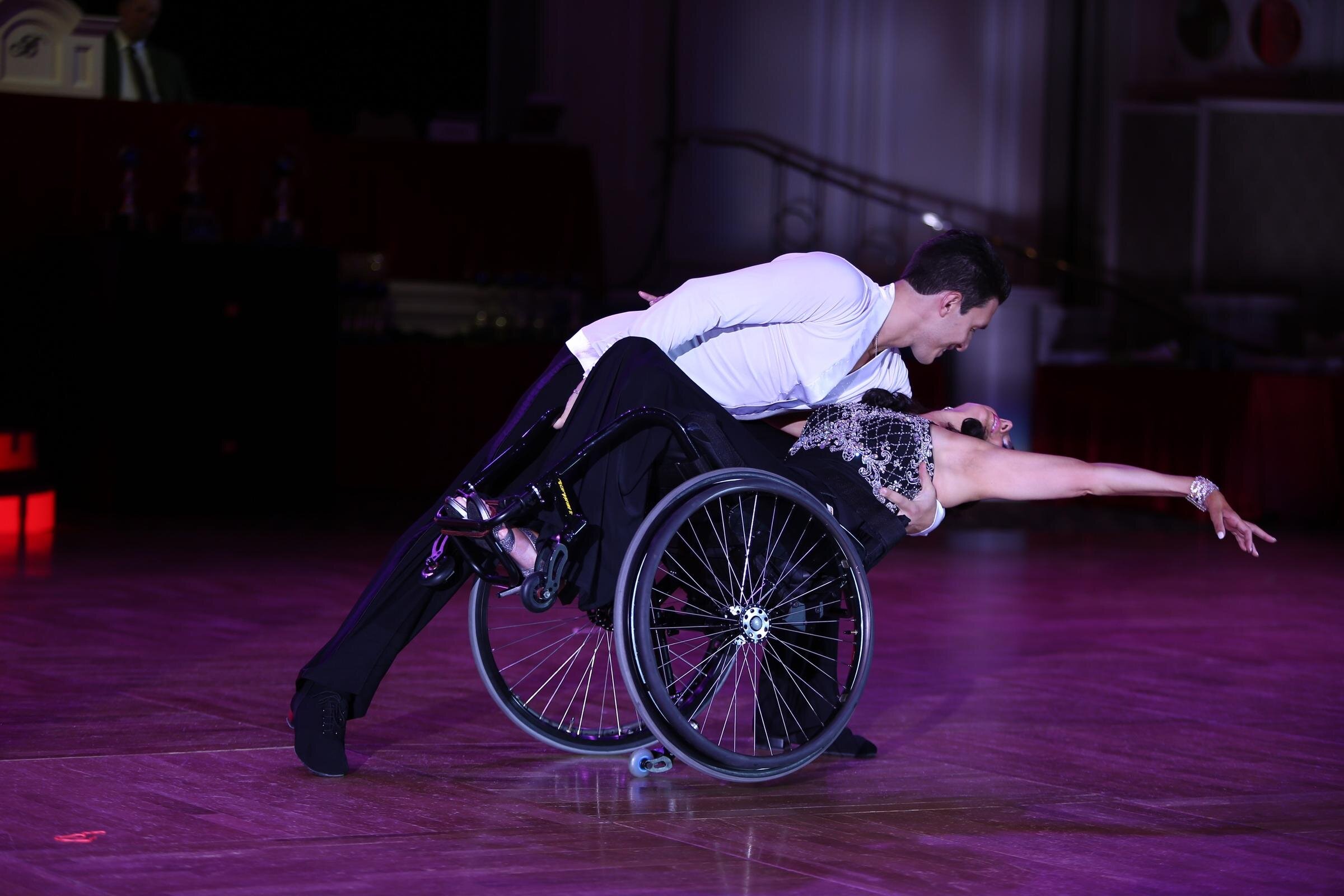
Wheelchair Dancing

Dancing is for EVERYONE! No matter disability or not. At Dance-ology Studios we are proud to offer Ballroom Dancing for people of all handicaps. Over the years wheelchair dancing has become progressively more mainstream than ever, showing people with disabilities that dancing is truly for everyone!
Wheelchair Dancing
Wheelchair Dancing or Wheelchair Dance Sport (now Para Dance Sport) involves athletes with a physical disability that affects the lower limbs. Dancers may participate in “combination” style dancing with an able-bodied (standing) partner and “duo” style dancing for two wheelchair users together. Wheelchairs users can use a power or manual wheelchair.
Competitive ballroom dances include the Waltz, Tango, Viennese Waltz, Foxtrot, and Quickstep. Latin-American dances include the Samba, Cha-cha-cha, Rumba, Paso Doble, and Jive. There is also Group Formation Dance for four, six, or eight couples. New events now include Freestyle and Singles.
In competition, wheelchair dancers are classified based on physical ability, movement, and function into 2 classes – Class 1 and Class 2. Class 1 are those with a higher disability or those using power chairs and Class 2 with more use of their upper body.
In 1998, Wheelchair Dance Sport became an IPC Championship Sport but is not yet part of the Paralympic program. It is governed by the International Paralympic Committee (IPC) which re-branded as Para Dance Sport in 2017, is widely practiced by athletes in 29 countries.
More importantly, wheelchair dancing has many social dances and all our classes include both social and competitive wheelchair dancing.
Wheelchair Dance Benefits
Dancing in a Wheelchair is a fun activity for exercise and to improve mobility and confidence. It also gives people a new skill that can be used in day to day life such as dancing along at social events with friends and family.
The benefits of wheelchair dance include:
Improving fitness and ability through exercise and dance
Boosting self-confidence and self-esteem through participation
Reducing social isolation through inclusion
Increasing personal independence through a better ability to use a wheelchair

